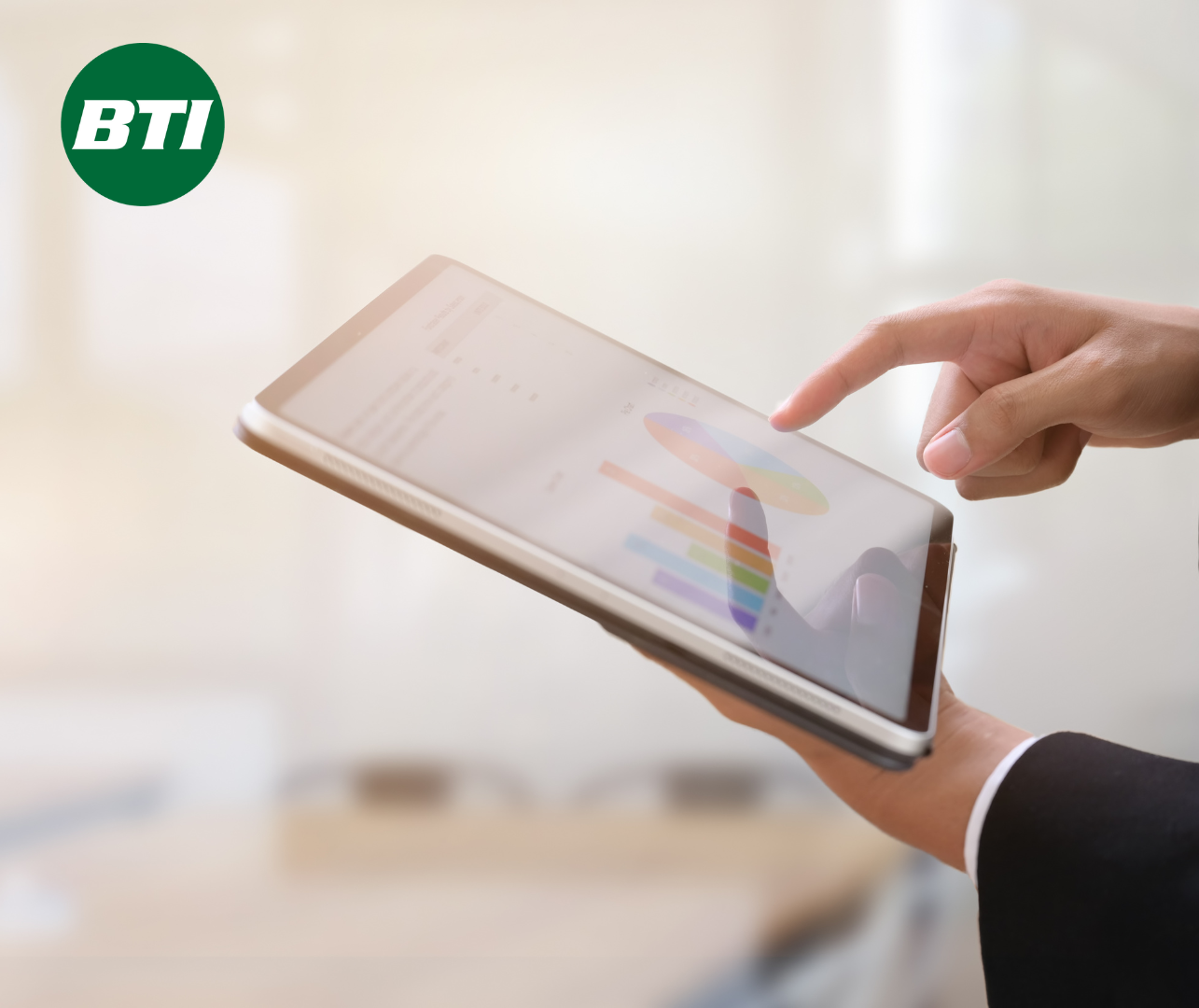Common Applications of Touch Screen Technology

Strong 8k brings an ultra-HD IPTV experience to your living room and your pocket.
Touchscreen technology has become a vital part of modern life. From smartphones and smartwatches to hospital check-in kiosks and industrial control panels, it has revolutionized how we interact with machines and systems. By eliminating the need for physical buttons, touchscreens offer a more intuitive, user-friendly, and efficient way to navigate digital interfaces.
In this blog, we’ll dive into what touchscreen technology is, how it works, and its most common real-world applications across industries like healthcare, retail, manufacturing, and more.
What is Touchscreen Technology?
Touchscreen technology enables users to control and interact with a device by touching its screen. It eliminates the need for external input devices like keyboards or mice, making devices more compact and easier to use.
Most touch screens rely on three main components:
Sensor – detects the touch.
Controller - processes the signal from the sensor.
Software interface – interprets the signal and triggers the appropriate response.
Types of Touchscreen Technology
Resistive: It responds to pressure, making it ideal for harsh environments like industrial or outdoor settings.
Capacitive: Uses the electrical properties of the human body to detect touch. It’s highly responsive and used in smartphones and tablets.
Infrared (IR): Uses a grid of infrared beams across the screen to detect touch interruptions. Common in kiosks and large displays.
Surface Acoustic Wave (SAW): Uses ultrasonic waves to detect touches. Offers high clarity and is used in high-end interactive displays.
Common Applications Across Industries
1. Consumer Electronics
Touch screens are the heart of modern consumer electronics.
Smartphones & Tablets: The most widespread use of touch screens. They allow users to tap, swipe, pinch, or zoom to navigate apps, send messages, browse the internet, and more.
Smartwatches: These compact devices offer full touch control, making it easy to check notifications, monitor fitness, or control music.
Smart Home Devices: Touch-enabled devices like thermostats, smart mirrors, and lighting controls allow homeowners to interact with and customize their environment with ease.
Touch screen integration in consumer electronics enhances convenience, makes devices easier to operate, and opens the door to more compact and aesthetically pleasing designs.
2. Healthcare
Touch screens are increasingly being used in the healthcare industry to streamline operations and improve patient experiences.
Self-Service Kiosks: Patients can use touchscreen kiosks to check in for appointments, update information, or sign consent forms—saving time and reducing administrative workload.
Diagnostic Equipment: Devices like ultrasound machines and ECG monitors feature touch interfaces that allow clinicians to quickly adjust settings and review images.
Sterile Environments: Flat touchscreen surfaces are easier to disinfect and clean, making them ideal for use in hospitals, operating rooms, and labs.
By simplifying data entry, improving hygiene, and speeding up processes, touchscreen technology is helping healthcare providers deliver better care more efficiently.
3. Retail and Point-of-Sale (POS)
Retail environments have embraced touch screens to enhance customer service and speed up transactions.
Self-Checkout Stations: Customers can scan items and make payments without staff assistance, helping reduce wait times and improve operational efficiency.
Interactive Kiosks: Touchscreen kiosks assist customers in finding products, viewing deals, or customizing orders (e.g., in fast food restaurants).
Customer Feedback Terminals: Often found at store exits, these allow customers to provide feedback quickly by simply tapping on-screen buttons.
Touch technology in retail not only improves user experience but also streamlines operations and reduces the need for traditional input devices.
4. Industrial and Manufacturing
In manufacturing and industrial environments, touchscreen devices help streamline workflows, reduce errors, and improve safety.
Human Machine Interfaces (HMIs): These are touchscreen panels operators use to control and monitor equipment and production lines.
Rugged Touchscreens: Built to withstand exposure to dust, water, vibrations, and extreme temperatures, making them ideal for factory floors.
Real-Time Monitoring: Workers can instantly input data, track production, or adjust settings directly on the screen.
Touch screens in these settings reduce mechanical complexity, save space, and make critical functions easier to access—even with gloves on.
5. Banking and Finance
Financial institutions have adopted touchscreen solutions to offer faster and more secure customer experiences.
ATMs: Modern ATMs use touchscreen interfaces for easier navigation and faster transactions.
Banking Kiosks: Allow customers to open accounts, transfer funds, or print statements without waiting for a teller.
Digital Signature Pads: Customers can sign documents or authorize transactions electronically, reducing paper use and speeding up processing.
These technologies improve efficiency and make financial services more accessible and user-friendly.
6. Hospitality and Travel
In the hospitality and travel industries, touch screens enhance convenience and improve customer service.
Hotel Check-In Kiosks: Guests can check in, pick up their room keys, and check out without speaking to a front desk agent.
Airport Ticketing and Information Systems: Travelers can use touch screens to check in for flights, print boarding passes, and access terminal maps or flight updates.
In-Flight Entertainment Systems: Seat-back touch screens let passengers choose movies, control lighting, or order food and drinks.
Touch screens in these industries simplify processes, reduce staff workload, and create a more modern, efficient guest experience.
7. Gaming and Entertainment
Touchscreen technology has reshaped the way we play, create, and interact with digital entertainment.
Gaming Consoles: Devices like the Nintendo Switch incorporate touchscreen controls for gameplay and navigation.
Arcade and Casino Machines: Touchscreens add interactive features to games, enhancing user engagement and enjoyment.
Creative Tools: Artists, musicians, and designers use touchscreen tablets and devices to draw, compose music, and edit videos with ease and precision.
Touch screens provide a tactile and immersive experience, making entertainment and creative tools more accessible and intuitive.
Touchscreen technology is everywhere—from our pockets to our workplaces. Its widespread adoption across industries like healthcare, retail, banking, and manufacturing shows just how versatile and valuable it is. With its ability to simplify tasks, reduce the need for physical controls, and improve user experiences, touch technology has become an essential part of modern life.
As innovations like foldable screens, haptic feedback, and AI-driven interfaces continue to emerge, we can expect touch screens to play an even bigger role in the future of interaction.
Note: IndiBlogHub features both user-submitted and editorial content. We do not verify third-party contributions. Read our Disclaimer and Privacy Policyfor details.


